It's becoming increasingly clear that endless rent spikes and record homelessness will soon either topple Irish society, including our idea of ourselves and what we stand for and what we will not stand for - or our government.
Sometimes a train approaches so slowly that you can almost forget it's coming - it looks like the exploding Irish rents train is finally approaching the station and a crisis point.
Read more: Vulture funds and a coming "tsunami" of Irish evictions
You'd be a foolish government minister indeed to ignore what all this portends. 'Home' is the most emotive word that the Irish use. 'Homeless' is one they are growing increasingly uncomfortable with. It's political dynamite.
So let's review. In County Donegal, my home county, a place that through's its geographic and economic isolation is usually the last to feel a national trend, rents have literally exploded in the last year.
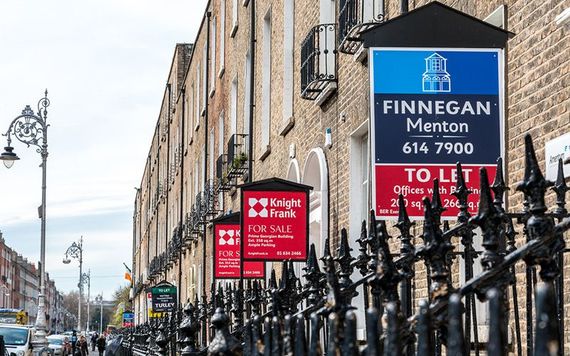
To let, for sale - scarcity on the ground, makes property a high commodity.
On average there was a sobering 6.9% rise in the previous year. The average listed rent is now around €671, which is up 38% from the last lowest point. This is just what's happening in Donegal, mind you, but even there, rents are now at record highs and availabilities are in short supply.
With monthly rents €373 higher now than they were at the peak of the Celtic Tiger, that means there has been about a decade of uninterrupted rent increases, which means the rent squeeze has been unrelenting.
Where was the Irish government during this record-breaking squeeze? Nowhere to be found. The average monthly rent on newly listed properties in Dublin is now €1,403, a rise of 5.2% from last year. It's the fourteenth consecutive quarter where Irish rents have increased on what were already the highest recorded rents in our history.
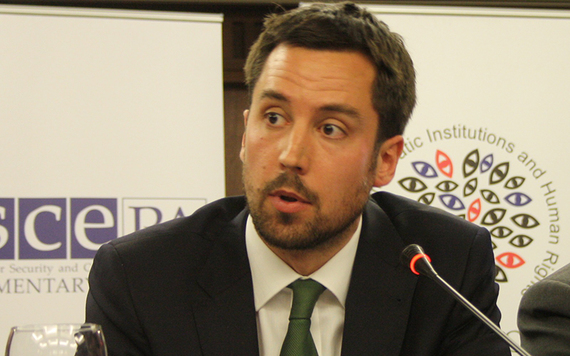
Ireland's Minister for Housing, Eoghan Murphy.
But the 5.2% increase is actually relatively modest this year because, finally, renters can no longer afford to pay the asking rates. The relative slowdown only means most people are completely tapped out.
How did it come to this? Well, one factor may be that one in four Irish TDs (government ministers) is a landlord. Of 152 deputies, 42 have declared themselves as landlords. Eighteen of Fine Gael's TDs are landlords and fully one-third of Fianna Fáil's 45 TDs are landlords. That's what you might call disproportionate representation.
What's worth remembering is that wages have not risen with the rents. Renters in Dublin can now expect to pay in excess of €24,000 a year, while in Cork the annual rent charges are now more than €16,000 a year.

Dubliners can now expect to pay €24,000 in rent per year.
Tied into these steep rent increases is a growing housing shortage, with new builds coming in far below actual demand. Trinity College economist Ronan Lyons told the press this week that resolving the long-standing housing issues would “involve the construction of tens of thousands of new rental homes every year for the foreseeable future.”
But that construction work has yet to begin in earnest. Meanwhile, one trend is for parents of means to simply buy rather than rent homes for their college-aged children, because incredibly it's cheaper and easier now than renting in the current market.
Equally, large overseas investment funds in the U.S, Germany and elsewhere (we used to call them absentee landlords) are snapping up large swathes of the Irish property market at low cost and then immediately raising the rent on their newly acquired units, creating record increases for all.
It's no surprise that the record-breaking rents have led to a spike in homelessness, an entirely foreseeable consequence that the government still failed to foresee, plan for, or indeed adequately address.
Meanwhile, the number of homeless Irish families has increased by 354% since September 2014. We now have over 10,000 people homeless across Ireland. But the actual numbers are considerably higher, however, as many of the “hidden homeless” including rough sleepers and couch surfers are not counted in the latest statistics.
Read more: Homeless Irish 5-year-old boy pictured eating dinner on sheet of cardboard
The year 2019 is the 100th anniversary of the founding of Dáil Éireann (Irish Parliament) but from here it sometimes seems that we have swapped out one cruelly exploitative landlord class for another homegrown one.
The divide between the haves and have nots is now at the greatest extreme since the Strumpet City era depicted by James Plunkett and the governmental response to the burdens of the average citizen are displaying a colonial level of cold indifference.
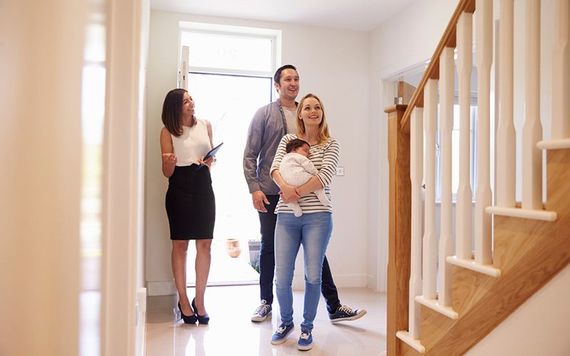
The reality? The number of homeless Irish families has increased by 354% since September 2014.
Record highs in rents spell record highs in homelessness, of course. There is also a record number of children who are now homeless in the country, with the latest figure standing at 3,873.
So what happened to the Proclamation's foundational promise to cherish all the children of the nation equally? And what exactly has happened to us? Have we swapped out one evicting landlord class for another newer one closer to home?
It's becoming increasingly clear that endless rent spikes and record homelessness will soon either topple Irish society, including our idea of ourselves and what we stand for – and what we will not stand for - or our government.
The only question now is which one will fall, because the train has finally reached the station.
Read more: Irish politician accused of “disgraceful racism” over immigrants sending money home
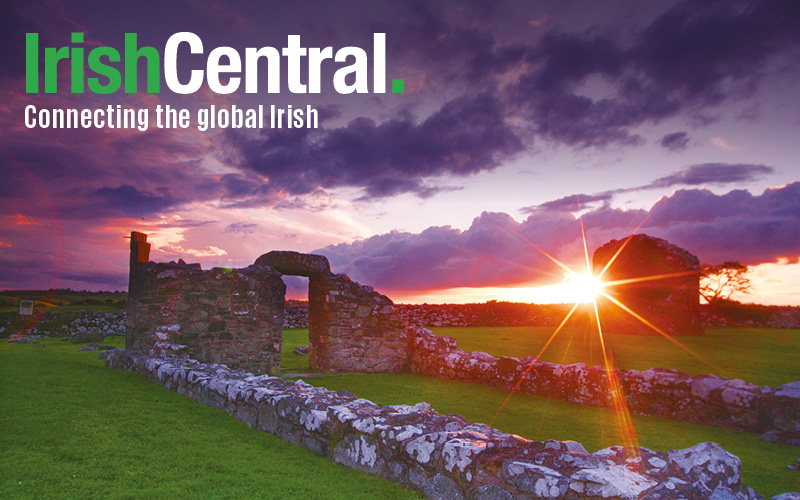


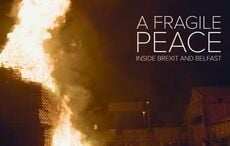
Comments